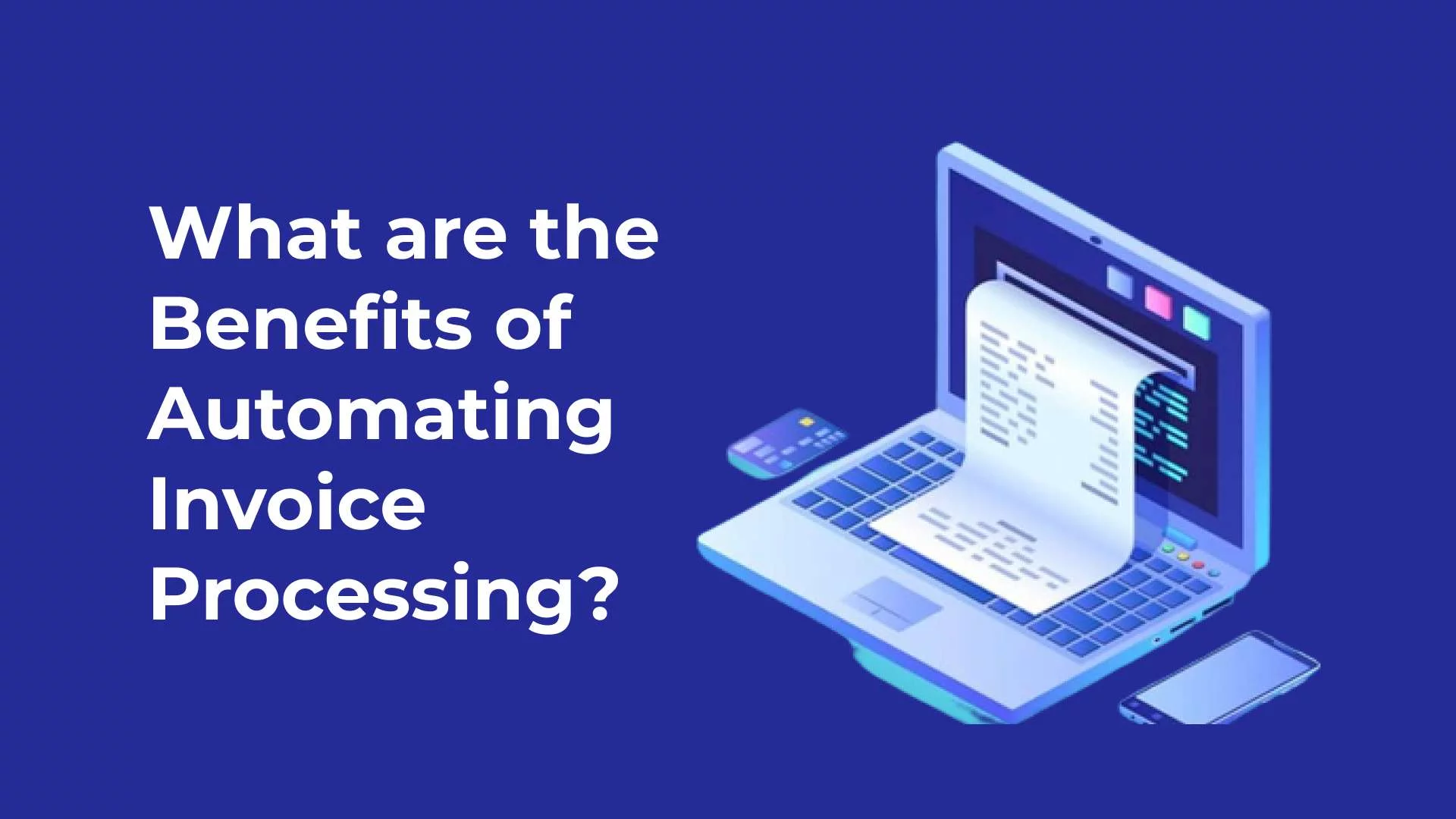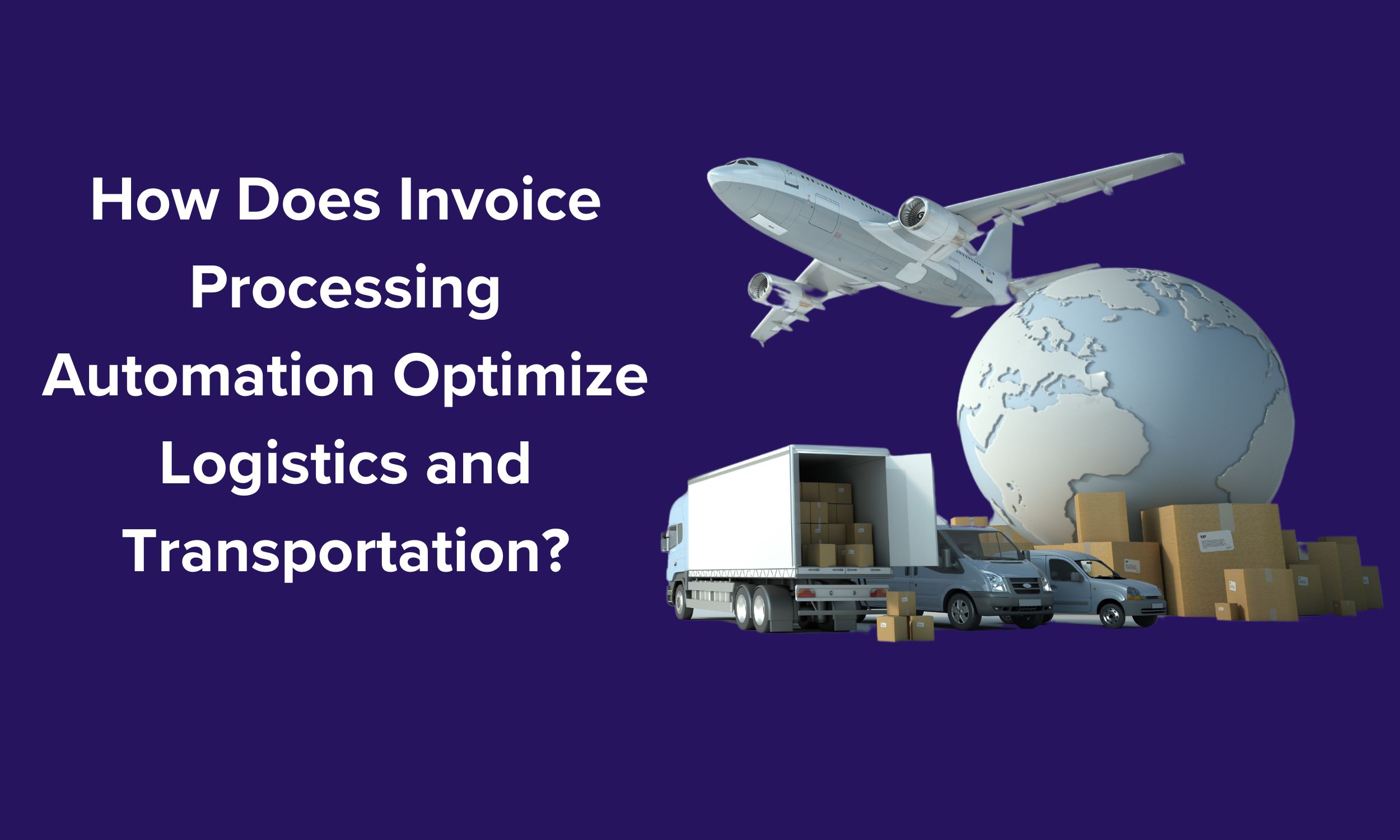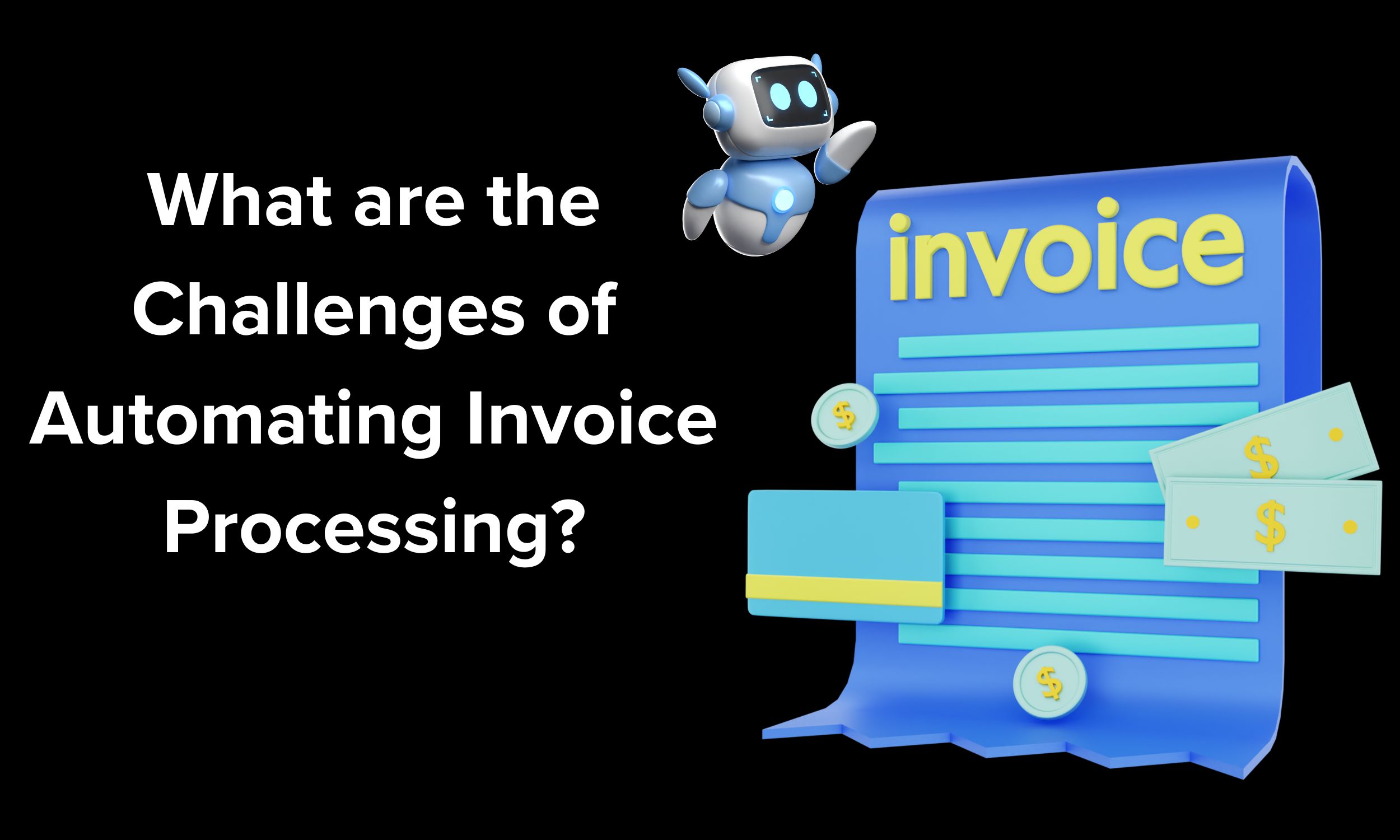How Does Automated Invoice Processing Streamline Business Operations?
Automated Invoice Processing: Invoices are a common part of daily operations for many businesses. However, dealing with a large volume of paper invoices can lead to storage challenges and inefficiencies. Storing these invoices may require expensive off-site facilities or occupy valuable office space with filing cabinets, boxes, and folders. To overcome these obstacles, it is strongly advised to digitize all invoices, payables, and associated documents and store them within a digital document management system.
By utilizing the services of a data entry provider, all the information from paper invoices can be accurately captured and converted into a digital format that is easily storable and editable. This digitization process also enhances data security and storage capabilities. With digital invoices, they can be quickly shared with colleagues and other stakeholders who require access, making them readily accessible at the click of a button. Therefore, opting to scan and digitize all invoices significantly contributes to efficient invoice processing while streamlining storage and improving accessibility.
Streamline Operations with Automated Invoice Processing. Learn How!

Why is Invoice Automation Process Essential?
Implementing an invoice automation process is crucial for businesses due to the following reasons:
1. Reduced errors and double payments:
Manual invoice processing is prone to a higher percentage of errors, leading to costly mistakes such as double payments or incorrect data entry. By automating the invoice processing system, the occurrence of these errors is significantly reduced, ensuring greater accuracy and financial integrity.
2. Mitigation of fraud and resource misappropriation:
Manual invoice handling processes create opportunities for fraudulent activities or the misappropriation of company resources. Automation introduces checks and balances, making it more difficult for fraudulent activities to go unnoticed. This helps protect the business from financial losses and maintains the trust of stakeholders.
3. Improved efficiency and productivity:
Manual invoice processing often results in delays, as well as strained relationships with suppliers due to payment delays. Additionally, the time and effort invested in manual processing detract from more productive tasks. With an automated invoice processing system, invoices can be processed quickly and accurately, improving efficiency, maintaining healthy supplier relationships, and allowing employees to focus on more value-added activities.
In order to ensure precision, effectiveness, and error-free operations, it is essential to replace manual invoice processing with an automated system. By embracing invoice automation, businesses can streamline their processes, minimize errors, mitigate fraud risks, enhance productivity, and ultimately achieve better financial management.
Companies that have used Automated Invoice Processing to Streamline Business Operations
Invoice automation has helped streamline business operations for many businesses and companies. Some of the most notable examples include:
1. Apple:
Through automated invoice processing, Apple has streamlined its accounts payable process, which has reduced its invoice processing time by 50%, and improved its financial reporting accuracy by 20%.
2. Amazon:
The automated invoice processing Amazon uses to process millions of invoices every day has given the company the ability to reduce its costs by $100 million per year, and to improve customer service by delivering invoices quickly and accurately.
3. Walmart:
It is estimated that Walmart processes billions of invoices every year using automated invoice processing. This has led to the company reducing costs by $2 billion each year and improving its efficiency in the supply chain by 10%.
4. Procter & Gamble:
Procter & Gamble is a global consumer goods company that uses automated invoice processing to improve its supplier relationships. The company’s system allows it to track invoices and payments in real time. This helps P&G to identify and resolve any issues quickly, and to build stronger relationships with its suppliers.
5. Coca-Cola:
Coca-Cola is a global beverage company that uses automated invoice processing to improve its financial reporting. The company’s system allows it to extract data from invoices and automatically load it into its accounting system. This helps Coca-Cola to produce accurate and timely financial reports.
Stats on the Benefits of Automated Invoice Processing
- Businesses can experience significant time and cost savings, up to 80%, by employing automated invoice processing instead of relying on manual methods.
- The implementation of automated invoice processing can lead to a remarkable reduction of up to 90% in error rates during the invoice processing procedure.
- By incorporating automated invoice processing, businesses can witness an improvement in cash flow of up to 10%.
- The utilization of automated invoice processing can effectively decrease the risk of fraud by as much as 50%.
Maximize Efficiency: Discover Automated Invoice Processing Now!

How Does Automated Invoice Processing Streamline Business Operations and Work?
Everyone is interested in knowing how does automated invoice processing streamlines business operations so let us delve into it:
Manual invoice processing usually begins with a supplier’s invoice for a specific amount of products received by the accounts department. The department then verifies and matches the invoice with the corresponding records. Once the invoice is reconciled, the payment information is updated, and upon approval, the payment is made to the supplier. However, the approval process may vary across organizations.
Automated invoicing aims to streamline this workflow by minimizing repetitive manual tasks. Here are several key aspects of how automated invoicing operates:
1. Automatic Scanning:
Upon receipt, the invoice is automatically scanned by the system and digitized for further processing.
Explore our other insights!

Step-by-Step Guide to Implementing Automated Invoice Processing
Processing invoices by hand is both labour‑intensive and error‑prone, particularly for growing businesses. As transaction volumes rise, so

What are the Benefits of Automating Invoice Processing?
What are the benefits of Automating Invoice Processing? The issue of manual invoice processing is widespread in various

What is the Future of Automated Invoice Processing?
What is the Future of Automated Invoice Processing? In the fast-paced world of technology, businesses are continuously striving
2. Digital Database Integration:
The invoice data is then recorded and stored in a digital database, while the invoice itself is transformed into a text-searchable document through an automated management system.
3. Comprehensive Record-keeping:
The recorded data includes essential details such as the supplier’s name, purchase amount, and specifics of the goods supplied. This ensures the availability of a comprehensive and detailed invoice record.
4. Data Validation:
The automated system performs a data check to verify the accuracy and integrity of the recorded information. If any discrepancies are identified, a manual review is initiated to address and resolve the issues.
By leveraging automation, the invoicing process becomes more efficient, reducing the reliance on manual labor and increasing accuracy. Automated invoicing systems streamline the handling of invoices, improve record-keeping, and enhance overall efficiency in managing financial transactions.
Advantages of Automated Invoice Processing
It offers numerous advantages that enhance efficiency and streamline operations. These benefits include:
1. Unified Control:
The primary objective of invoice automation is to consolidate invoice processing functions into a unified platform. This integration enables real-time updates on payments, single-time invoicing, recurring billing, and immediate access to payment information. By centralizing these features, organizations can efficiently manage their invoicing processes.
2. Reduction in Manual Entry:
By adopting invoice automation, the need for manual input of invoices is significantly reduced. Reducing manual tasks allows employees to focus on more value-added activities rather than tedious data entry, improving overall efficiency.
3. Reduced Margin of Error and Enhanced Security:
Manual processing of bills is susceptible to errors due to factors like fatigue and lack of concentration. Studies have shown that approximately 25% of companies encounter discrepancies in manual invoice processing. Automated invoice processing systems ensure accurate data entry and minimize errors. These systems match the extracted data from supplier invoices, reducing the risk of fraud. As a result, the invoice entry process becomes smoother, and the margin of errors is reduced.
4. Transparent Records:
Traditional methods of invoice storage, such as physical files or folders, can be challenging to trace and access after payment completion. In contrast, automated invoice processing solutions utilize Electronic Document Management Systems to systematically store invoice data in a centralized digital database. This approach creates an audit trail and facilitates easy retrieval of invoices when needed. Additionally, it simplifies record-keeping, reducing the chances of lost or missing bills.
Understanding the numerous benefits of invoice automation emphasizes the importance of selecting a reliable technology provider. By choosing the right solution, organizations can unlock the full potential of automated invoice processing, leading to improved efficiency, accuracy, and security in their invoicing processes.
The Impact of Automated Invoice Processing on Streamlining Business Operations
Automated invoice processing plays a significant role in streamlining business operations. Here are some key ways in which it boosts efficiency:
1. Time and Cost Savings:
By automating manual tasks such as data entry, invoice matching, and approval workflows, automated invoice processing reduces the time and effort required to process invoices. Business operations are more efficient and operational costs can be reduced as a result of faster processing times.
2. Reduced Errors and Discrepancies:
Manual invoice processing is prone to human errors, such as data entry mistakes or duplicate entries. Automated systems employ advanced technologies to validate and cross-reference invoice data, minimizing errors and discrepancies. This ensures accuracy in processing, reducing the need for manual intervention and preventing financial losses or damaged vendor relationships.
3. Streamlined Workflows:
Automated invoice processing systems enable businesses to establish standardized workflows and approval processes. Streamlining the process of reviewing and approving invoices by routing them automatically eliminates bottlenecks and improves efficiency at the same time. This ensures consistency and adherence to company policies.
4. Enhanced Data Visibility:
Automated systems provide real-time visibility into invoice statuses, payment schedules, and outstanding balances. This transparency allows businesses to track and monitor invoice-related activities more effectively, enabling proactive decision-making and timely financial planning. It also facilitates better vendor management and negotiation.
5. Improved Compliance:
Automated invoice processing systems enforce compliance with regulatory requirements and internal controls. They maintain detailed audit trails, recording every action taken during the invoice processing lifecycle. This simplifies audits, mitigates compliance risks, and ensures accountability in financial operations.
6. Integration with Accounting Systems:
Automated systems can seamlessly integrate with existing accounting software or ERP systems. This integration eliminates the need for manual data entry, as invoice details can be automatically synchronized with financial records. It streamlines data management, improves accuracy, and reduces the risk of discrepancies between invoice processing and financial reporting.

Conclusion
To sum up, the implementation of automated invoice processing has demonstrated its value in streamlining business operations effectively. By harnessing automation technology, organizations can realize substantial enhancements in efficiency and productivity. Through various beneficial features including time and cost savings, decreased errors and discrepancies, streamlined workflows, improved data visibility, enhanced compliance, and integration with accounting systems, automated invoice processing optimizes the entire invoice handling process. This results in accelerated processing times, better allocation of resources, improved decision-making capabilities, and strengthened relationships with vendors. The adoption of automated invoice processing represents a strategic investment that empowers businesses to streamline their operations, drive growth, and maintain competitiveness within the dynamic contemporary business landscape.
FAQs
1. What is the benefit of automated invoice matching?
Ans: Automated invoice matching compares invoices with corresponding purchase orders and receipts, ensuring accuracy and reducing the time spent on manual verification.
2. How does automated invoice processing improve accuracy?
Ans: By leveraging advanced technologies like AI and ML, automated systems can extract and validate invoice data with precision, reducing the risk of human error.
3. Can automated invoice processing reduce invoice processing costs?
Ans: Yes, by streamlining manual processes and reducing errors, businesses can save costs associated with manual labor, rework, and inefficient workflows.
4. Does automated invoice processing enhance visibility?
Ans: Absolutely. Automated systems provide real-time visibility into invoice status, payment information, and financial data, enabling better tracking and decision-making.
5. Can automated invoice processing help with compliance?
Ans: Yes, automated systems can enforce compliance by ensuring that invoices adhere to specific rules, policies, and regulatory requirements, minimizing compliance risks.












